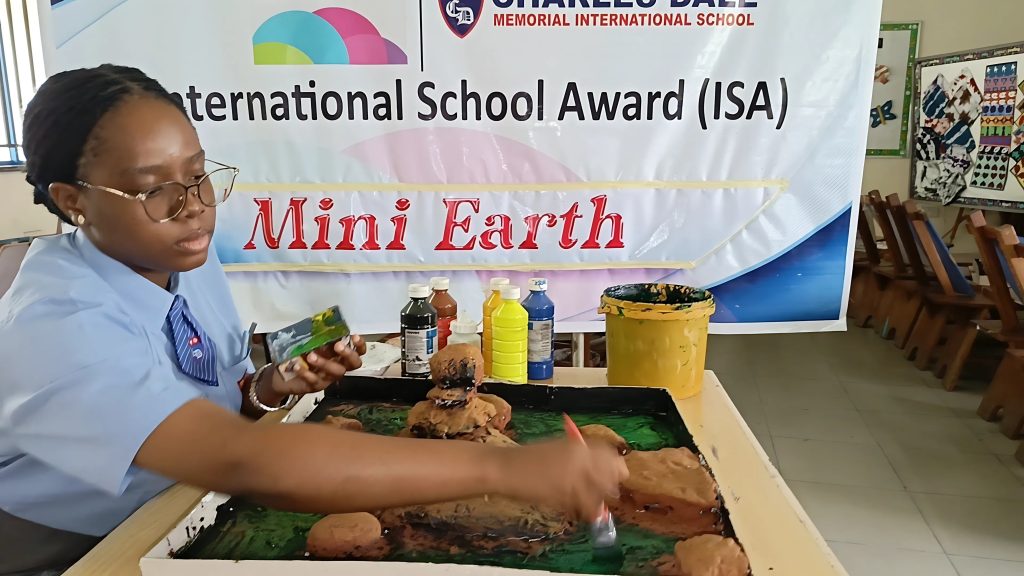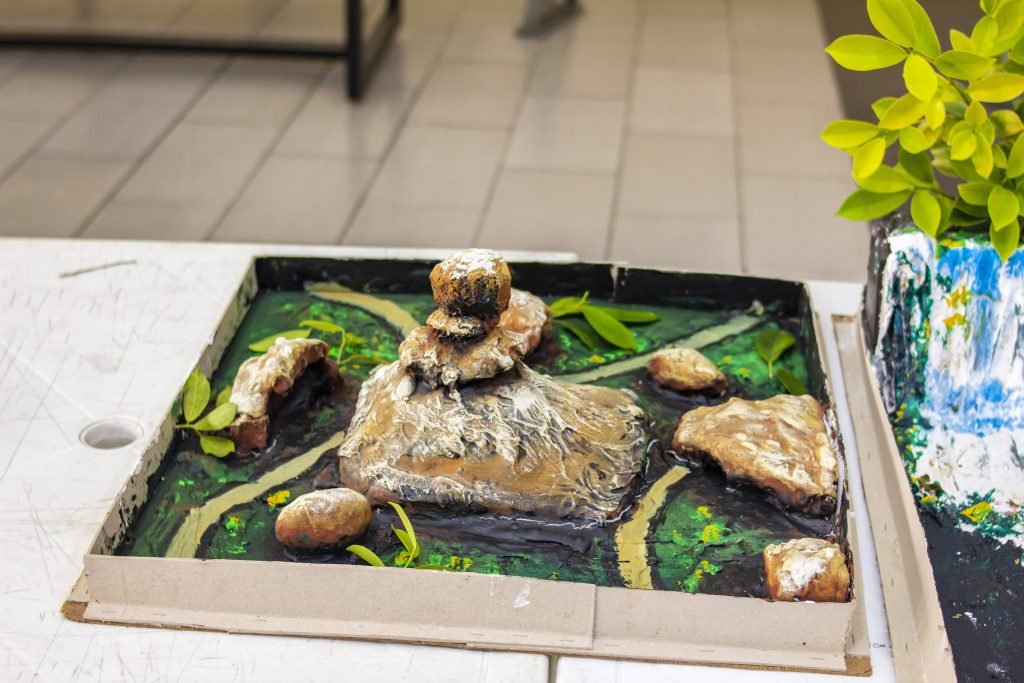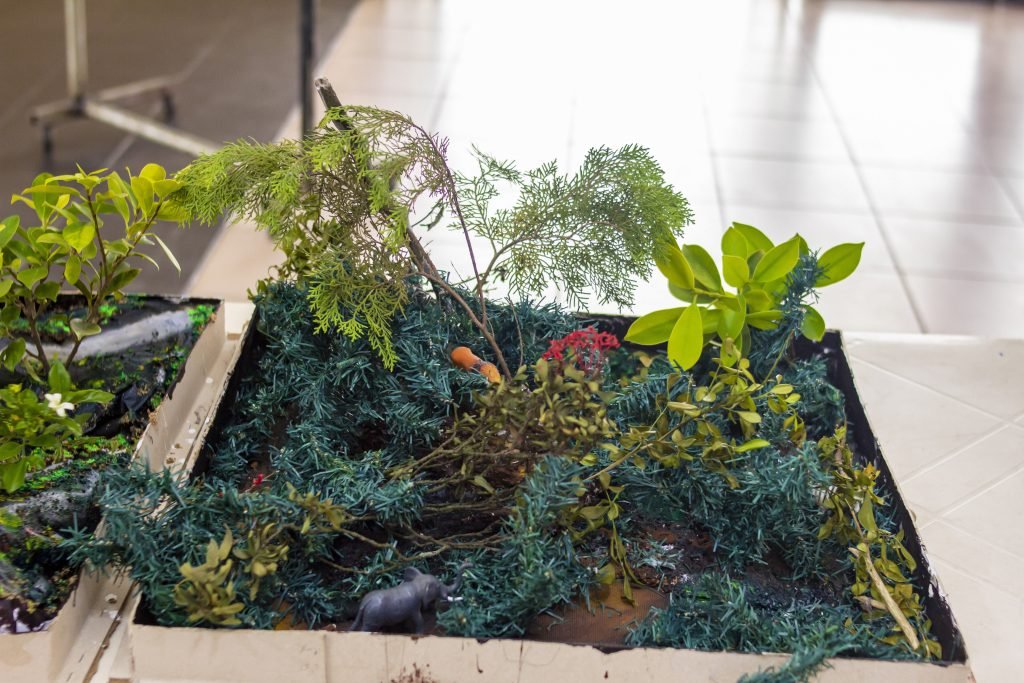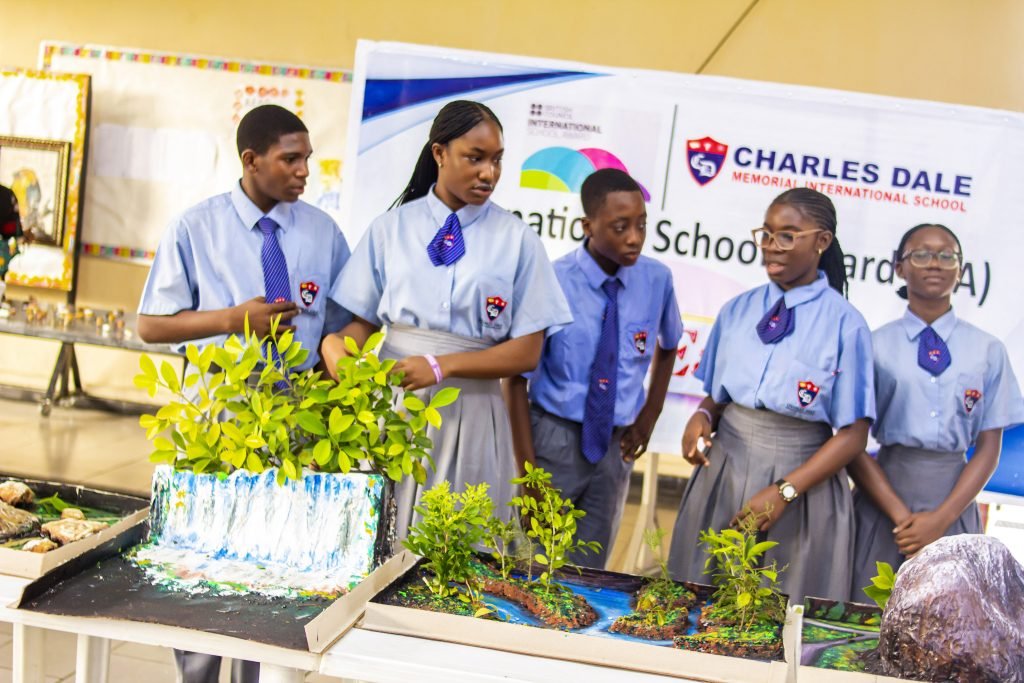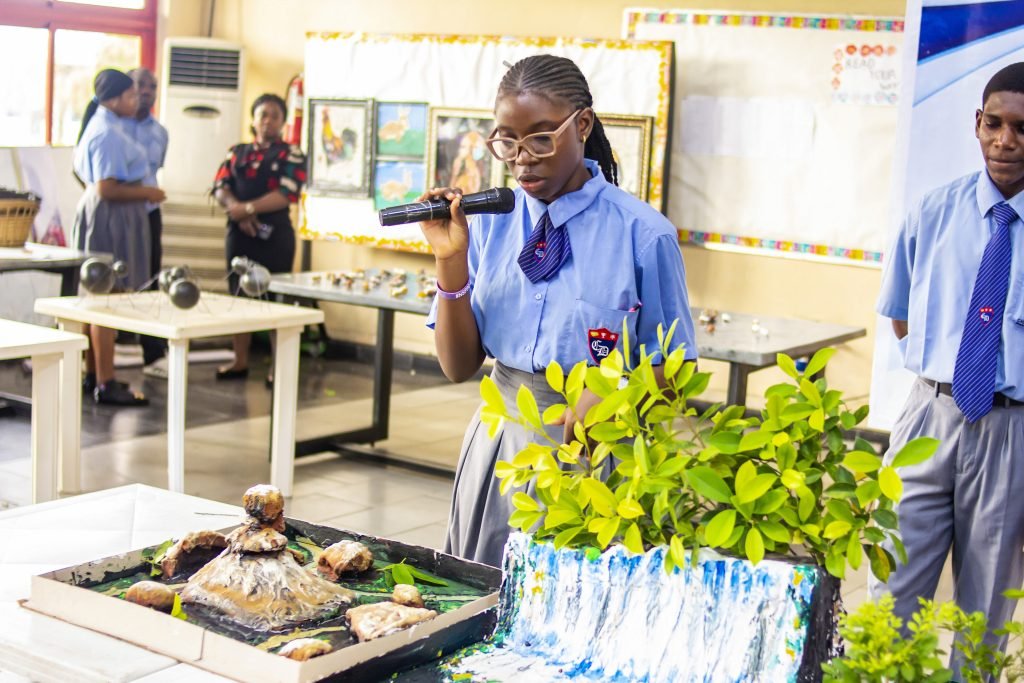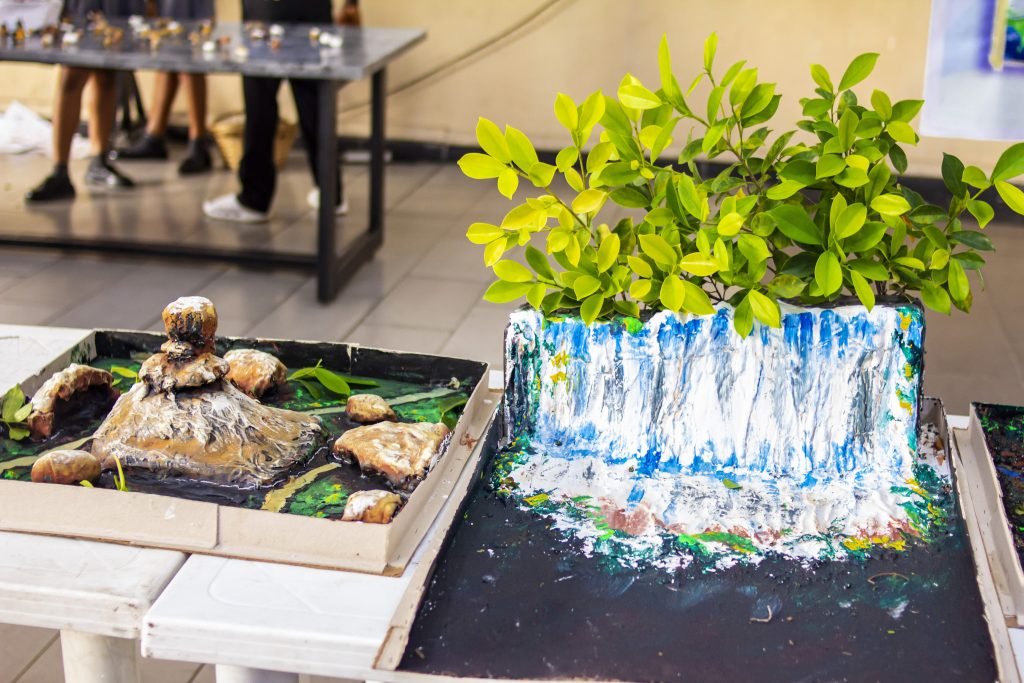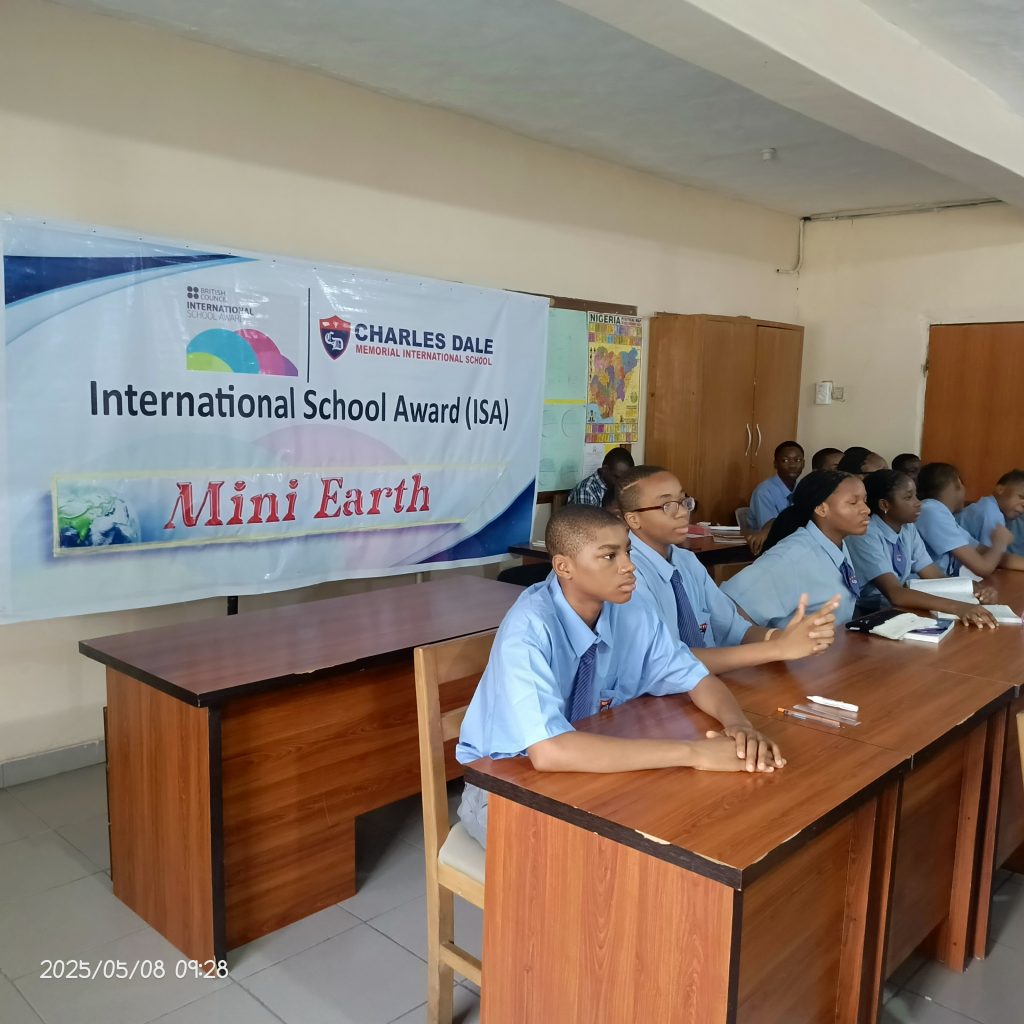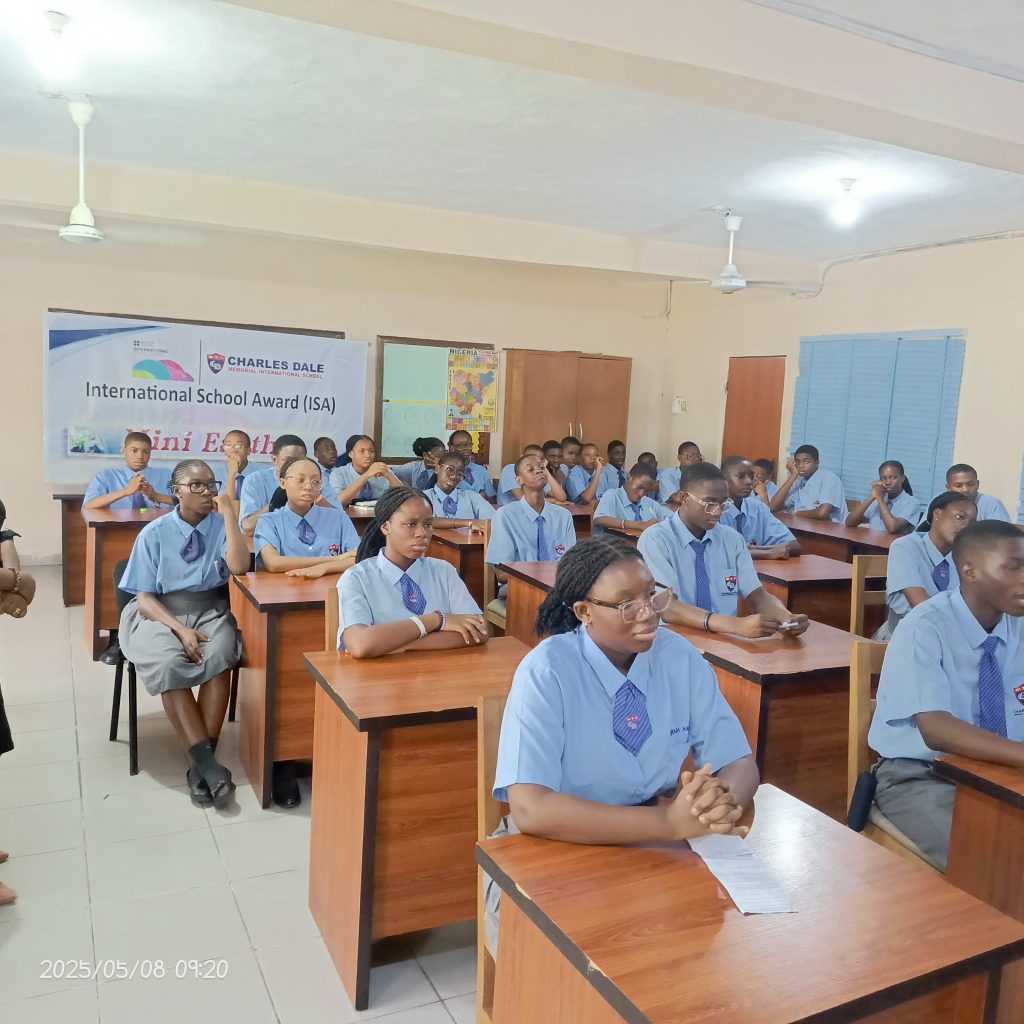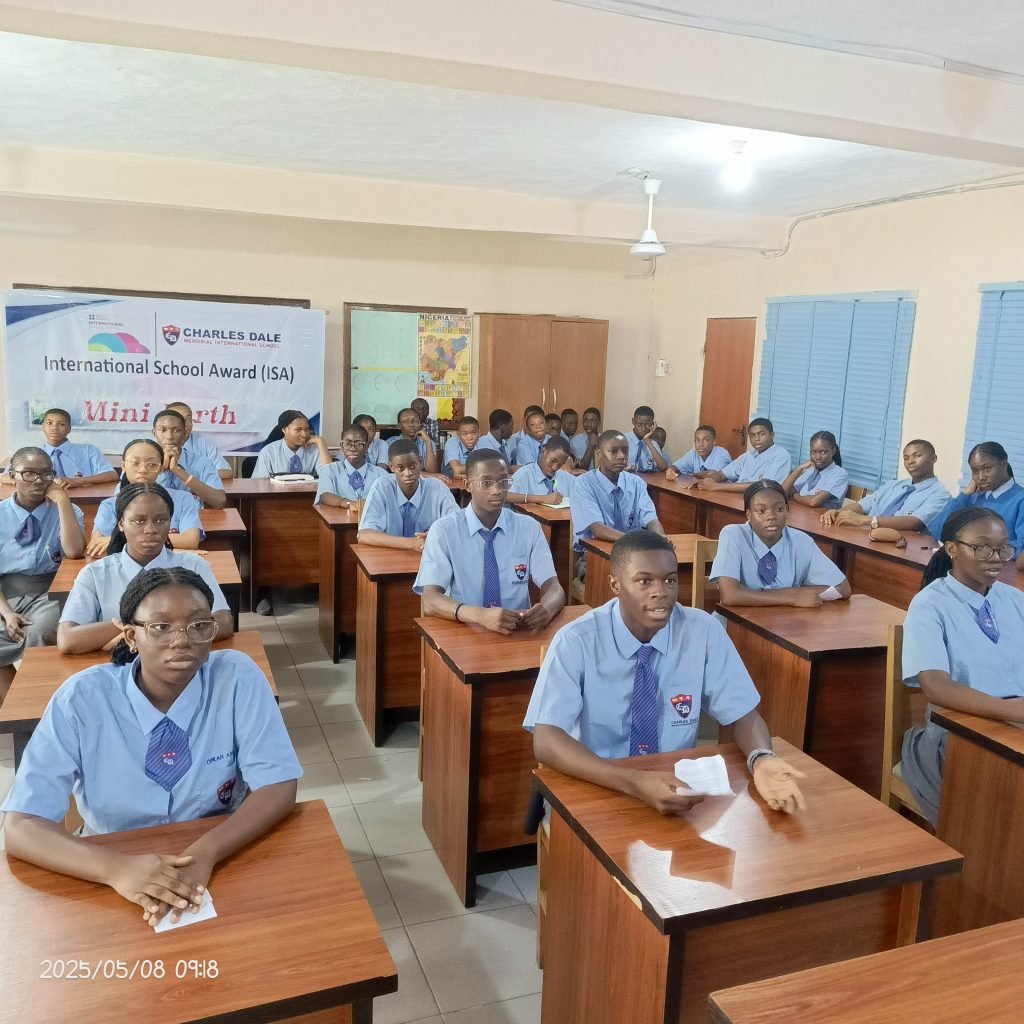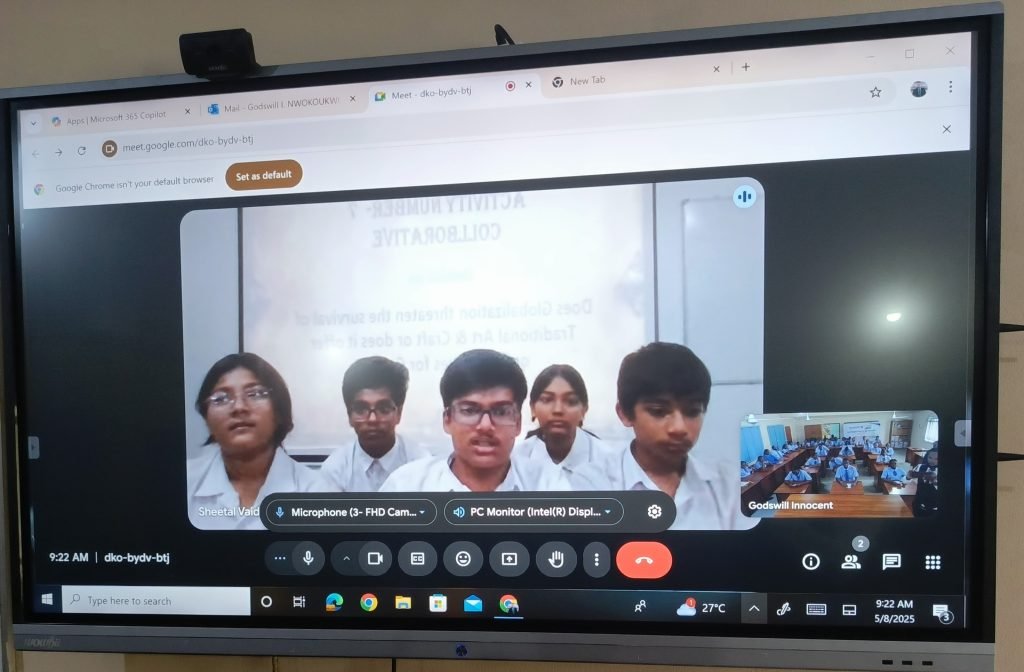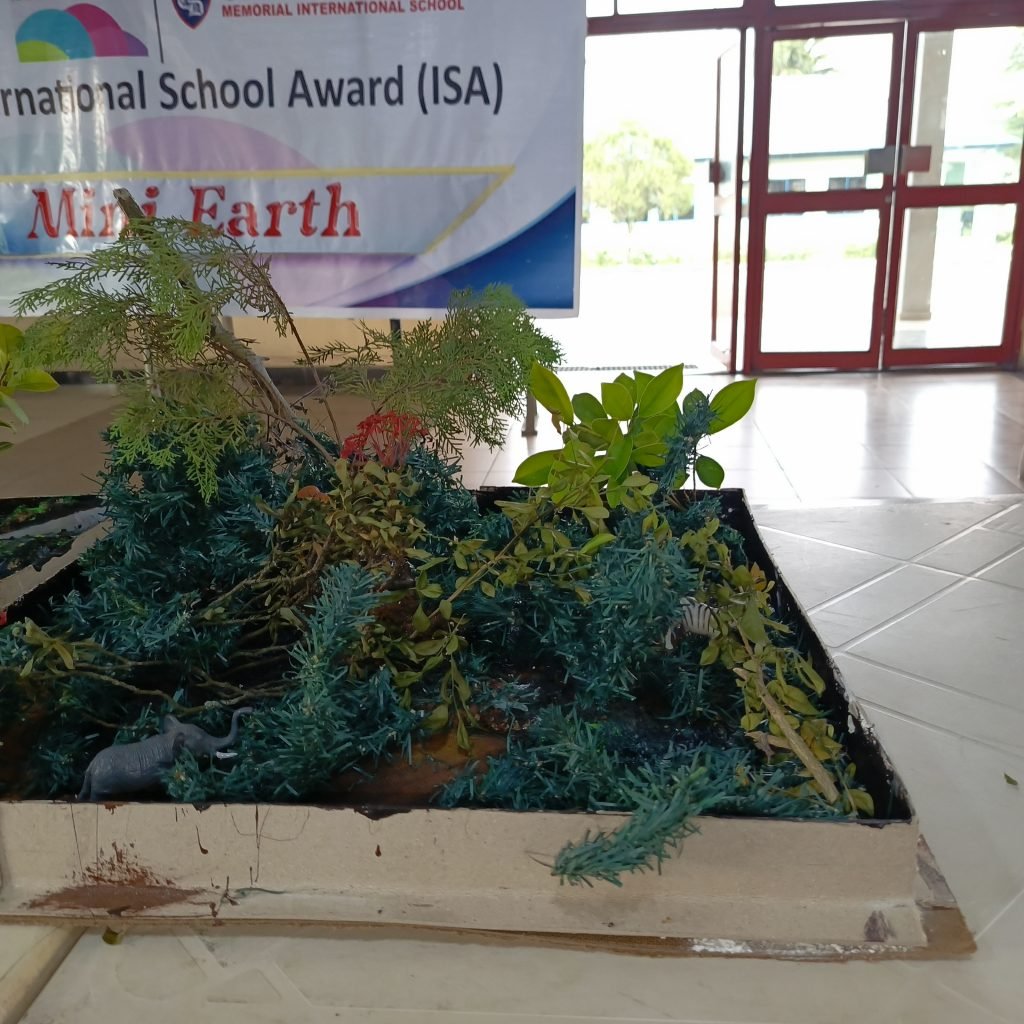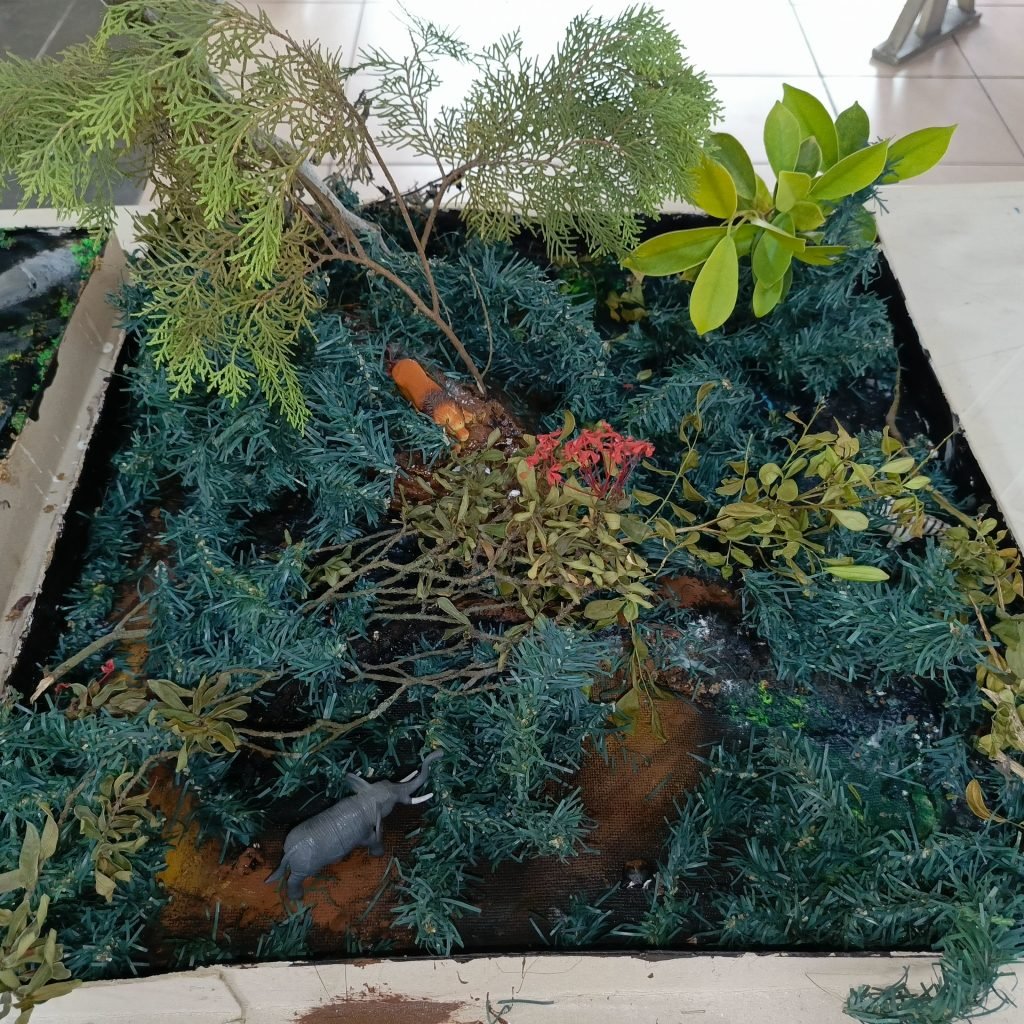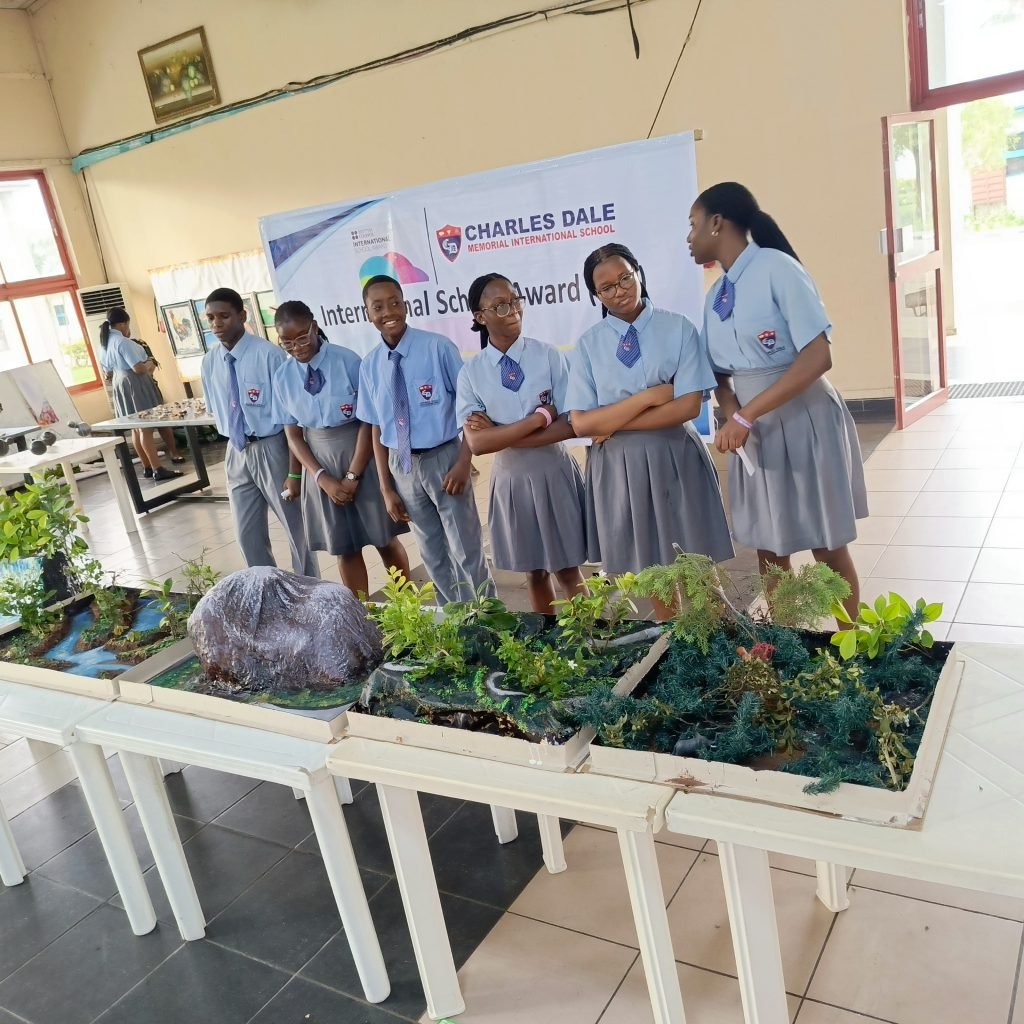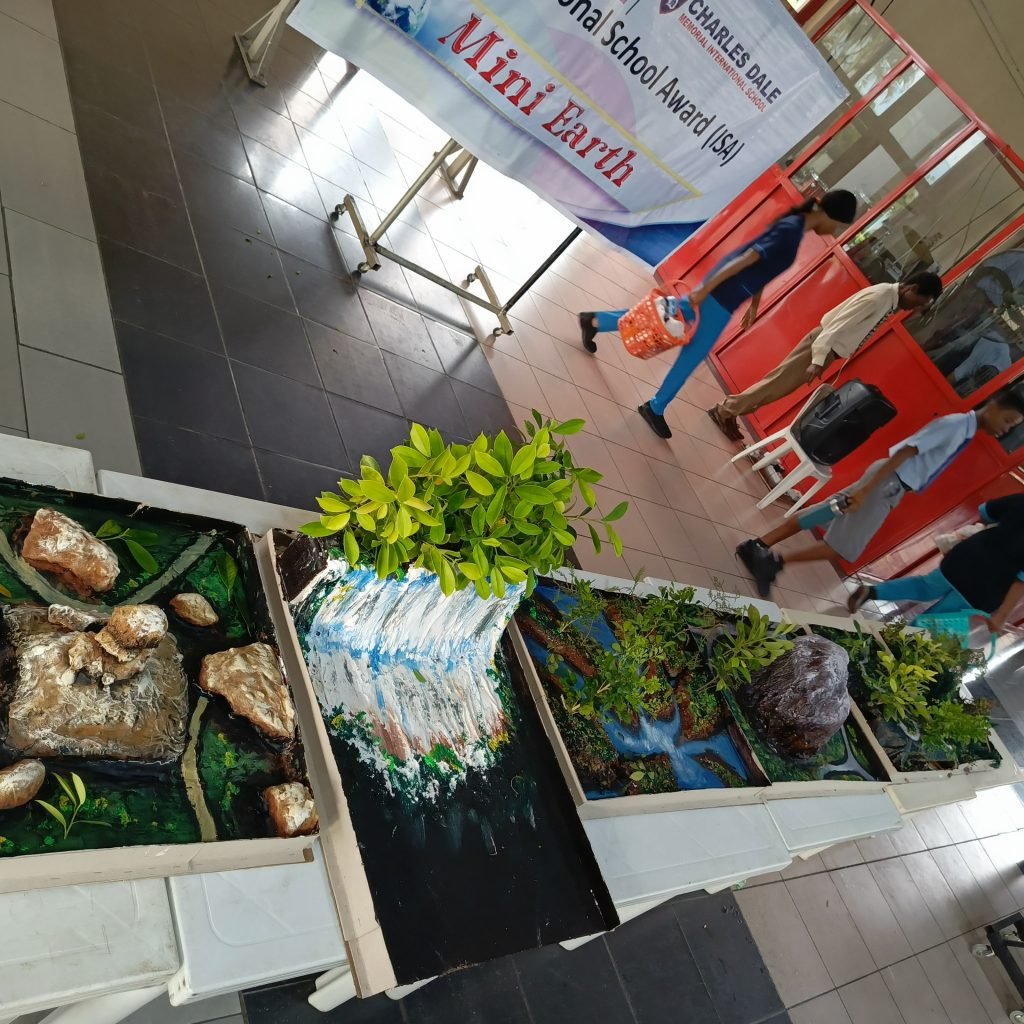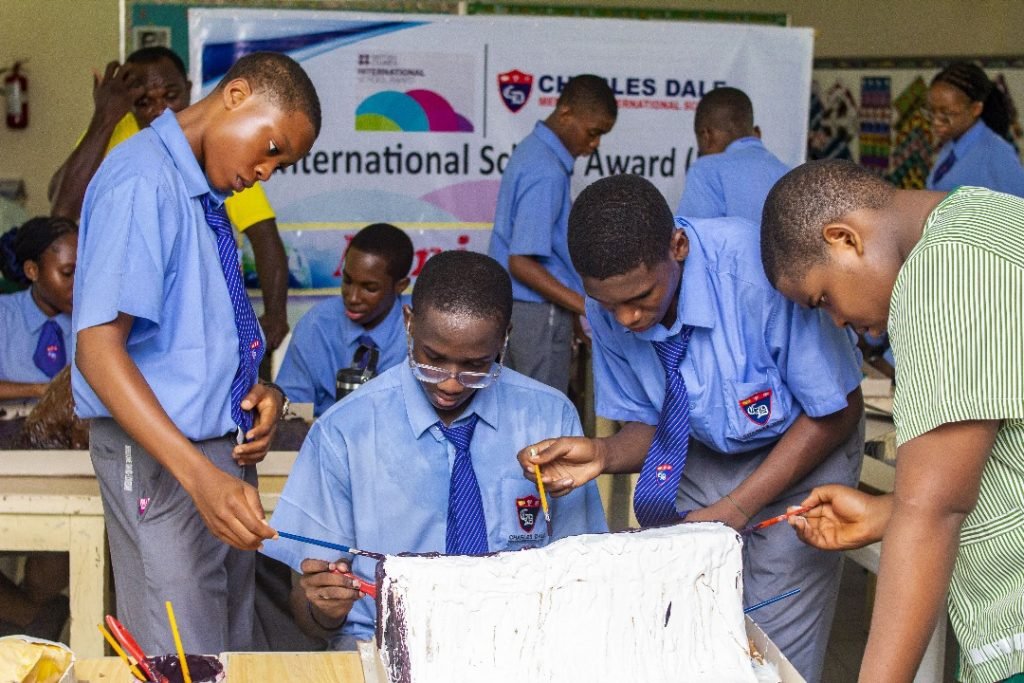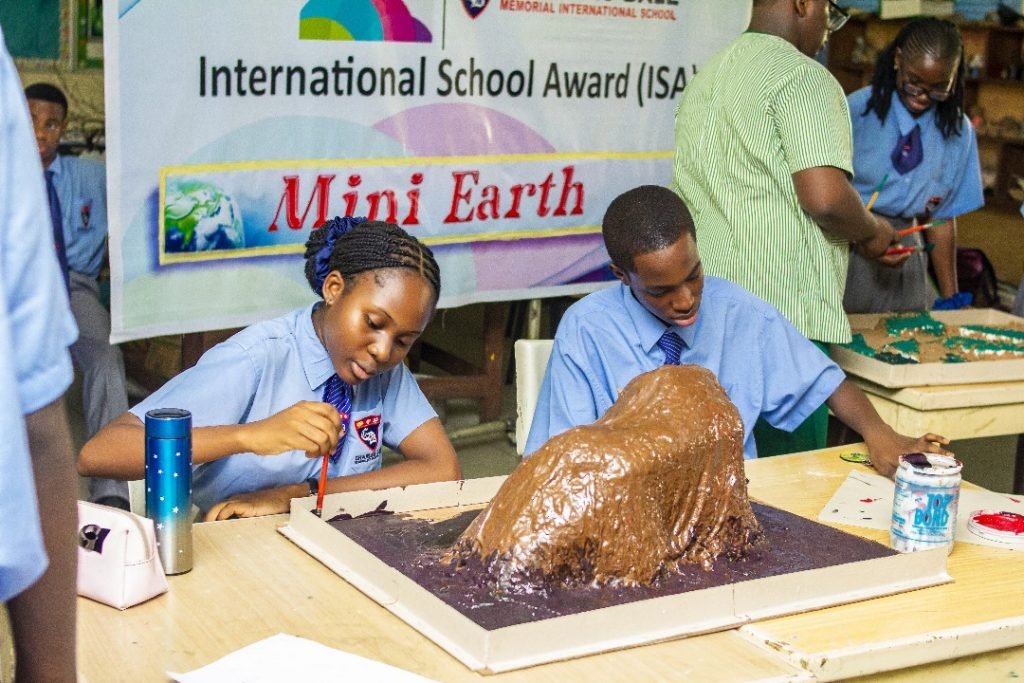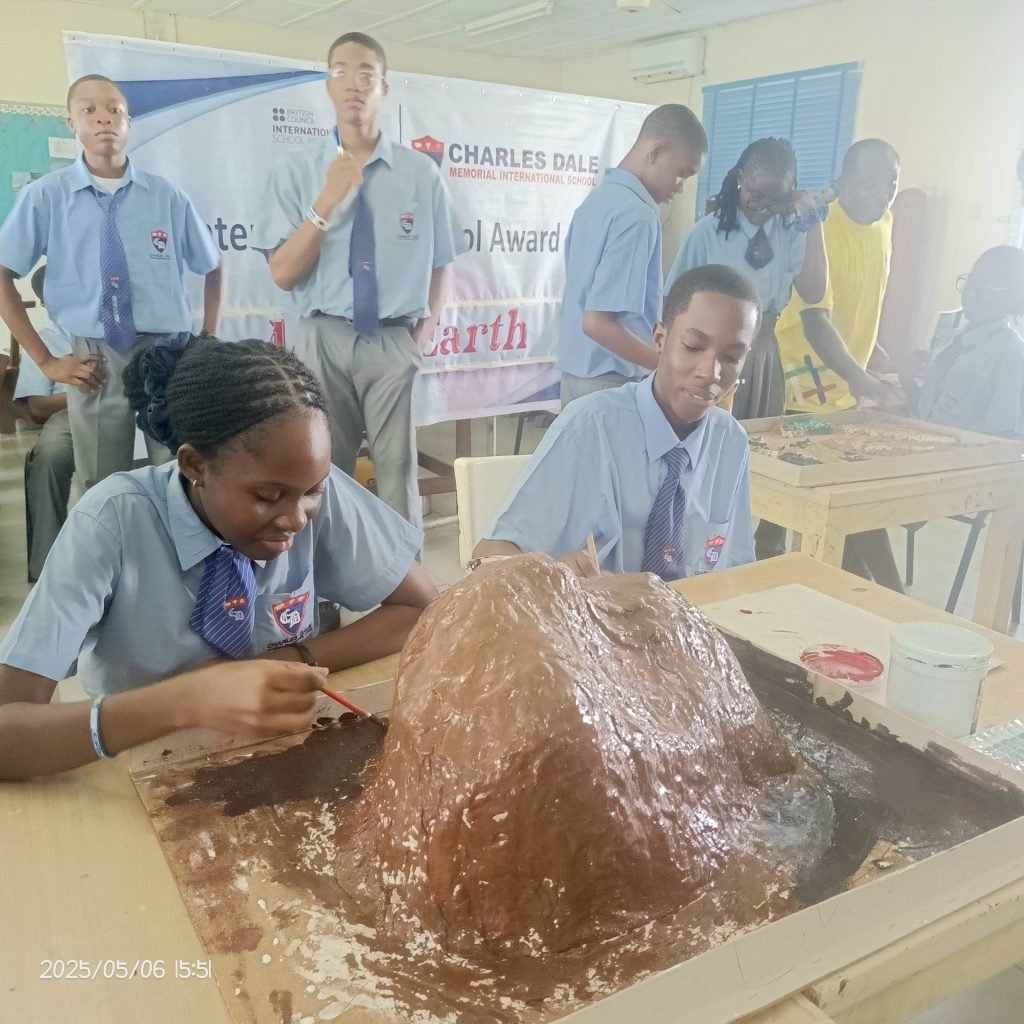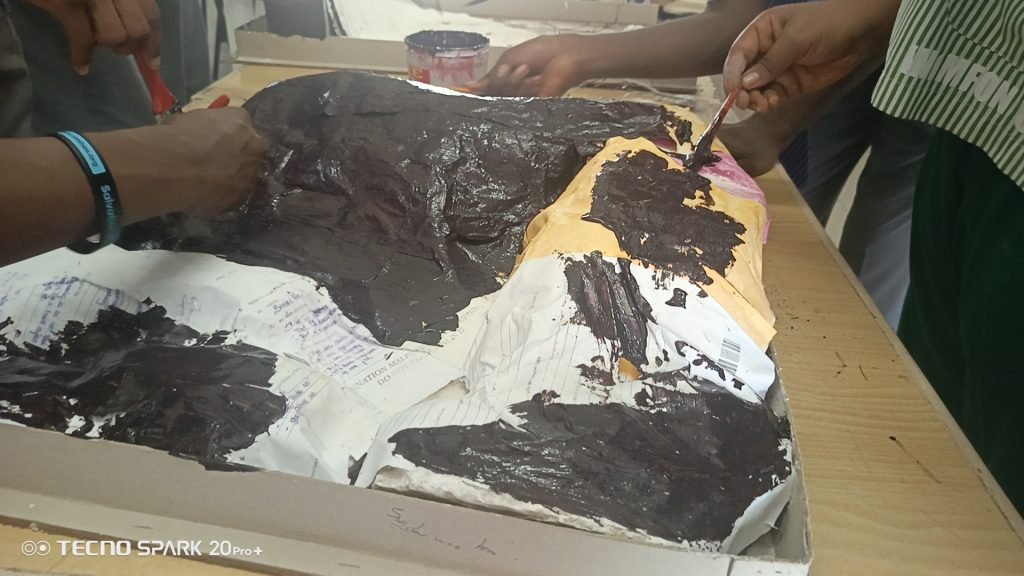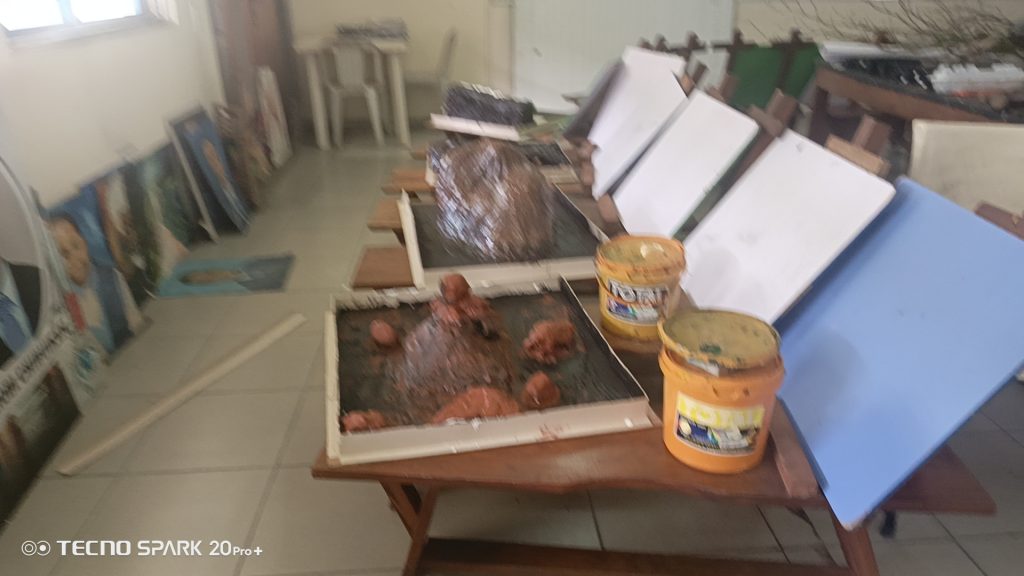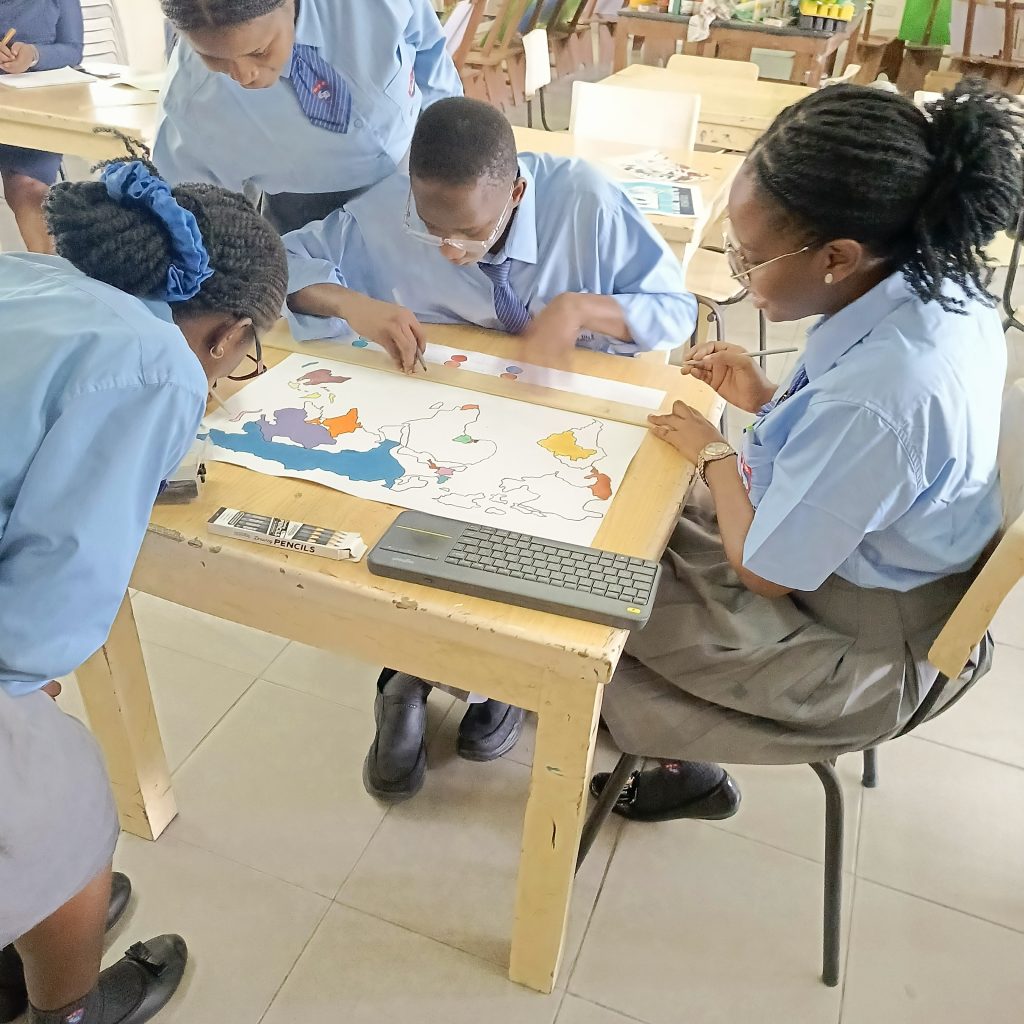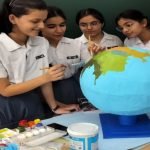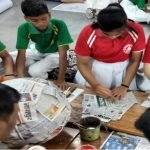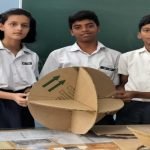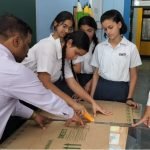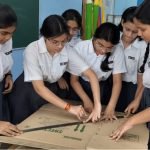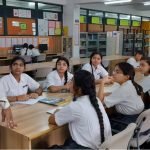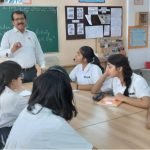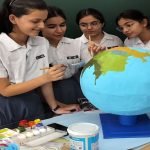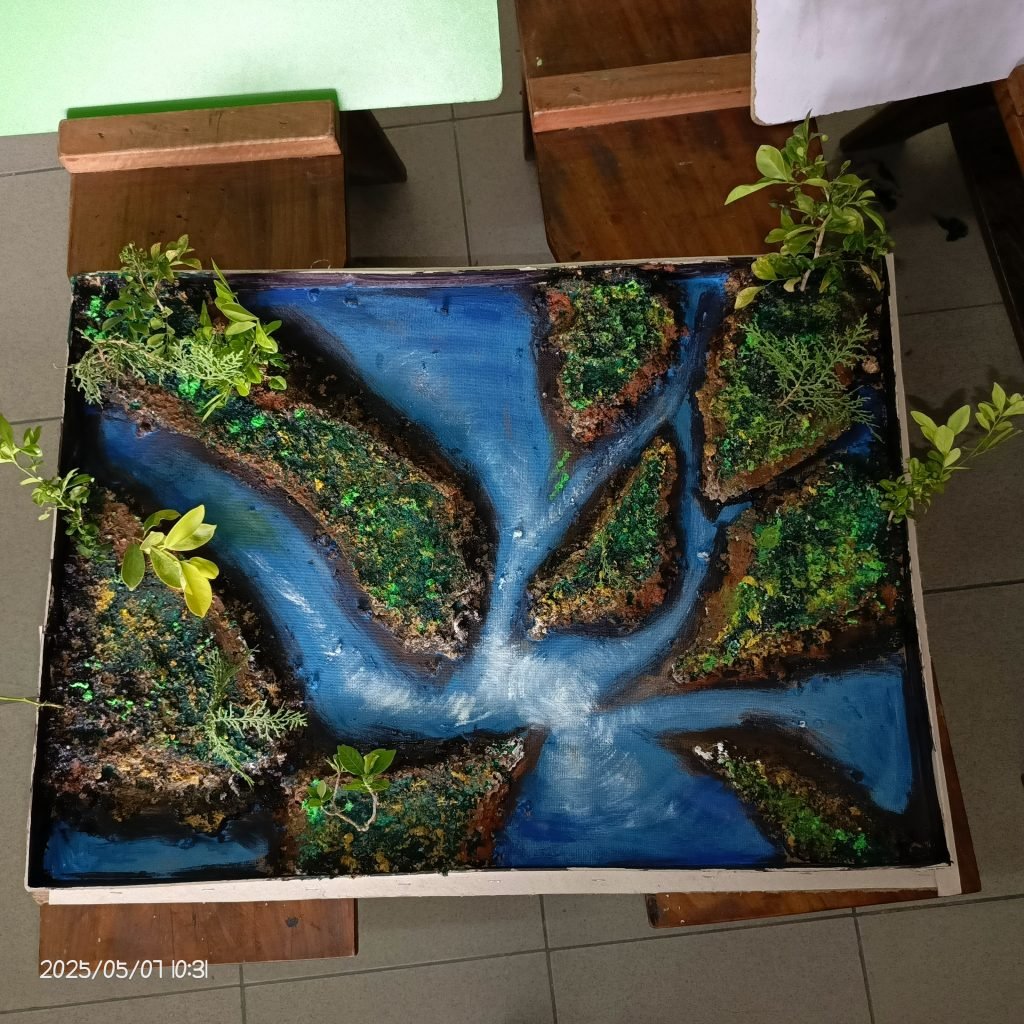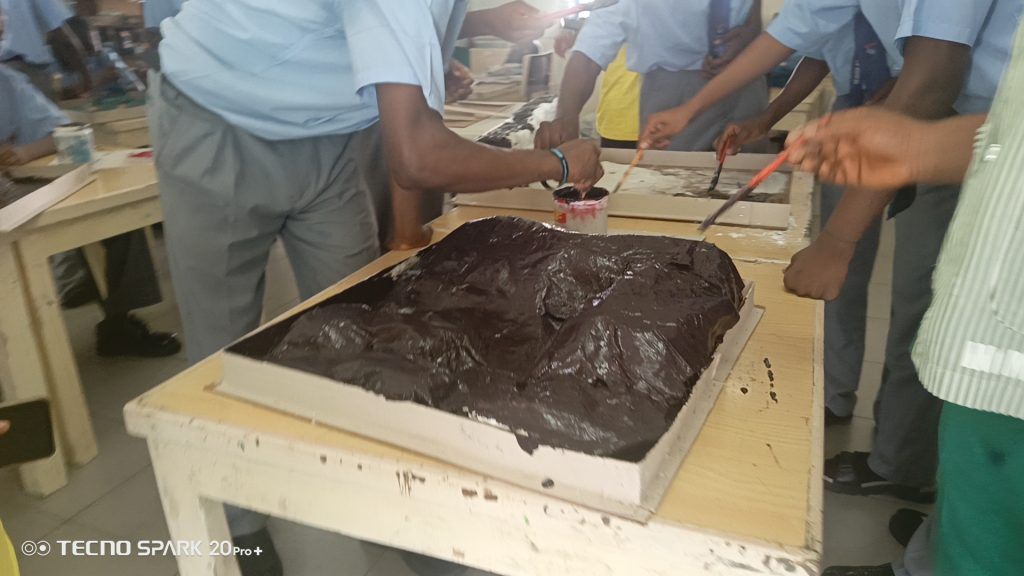activity
1
SDG REFERENCE
SDG 13: Climate Action – Landform modeling can help predict and mitigate the effects of climate change on landscapes and ecosystems.
SDG 15: Life on Land – Landform modeling can also aid in understanding and managing land degradation, conserving biodiversity, and
promoting sustainable land use.
mini earth
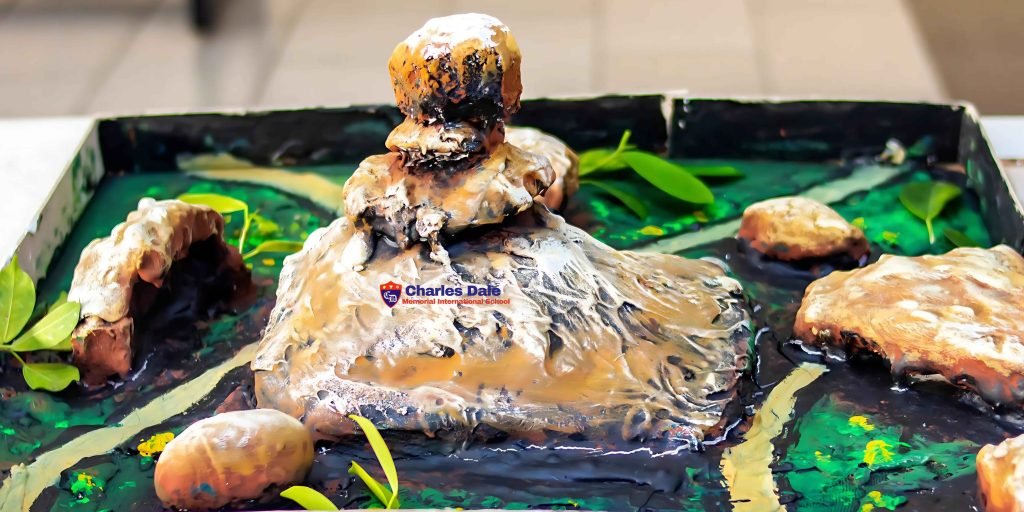
Project Overview
The Mini Earth project is an international educational initiative aimed at enhancing students’ understanding of geographical landforms through hands-on modeling. Conducted from January to May 2025, this project also featured an enriching global collaboration with students from Bhavan’s B. P. Vidya Mandir, Koradi, India under the theme, “Celebrating Traditional Art and Craft of Diverse Countries of the World.”
This interdisciplinary project integrated Geography, Art & Design, Science, English Language, and ICT to foster 21st-century skills – creativity, collaboration, and critical thinking – while aligning with the United Nations Sustainable Development Goals: (SDG 13 and 15).
Project Objectives
Mini Earth:
- To create detailed 3D landform models that demonstrate geographical processes.
- To deepen student understanding of Nigeria’s natural features and ecological diversity.
Celebrating Traditional Art and Craft:
- To compare and explore traditional art and craft of Karnataka (India), Indonesia, Nigeria, Sri Lanka, and Nepal.
- To preserve cultural heritage and promote global appreciation for diverse traditions.
Project Phases & Timeline
Phase 1: Research
Students in Years 10–12 was grouped and tasked with exploring key Nigerian landforms and traditional arts from the selected countries. The following landforms were selected for modeling:
- Cross River National Park
- Riyom Plateau
- Obudu Mountain Resort
- Niger-Benue Confluence
- Agbokim Waterfalls
- Zuma Rock
Parallel to this, selected students researched traditional arts and crafts of the case study countries in preparation for an international debate.
Phase 2: Planning & Design
Student groups brainstormed, created rough sketches, and developed material lists for their landform models. Meanwhile, debate participants conducted joint meetings with their Indian peers to shape arguments and cultural insights.
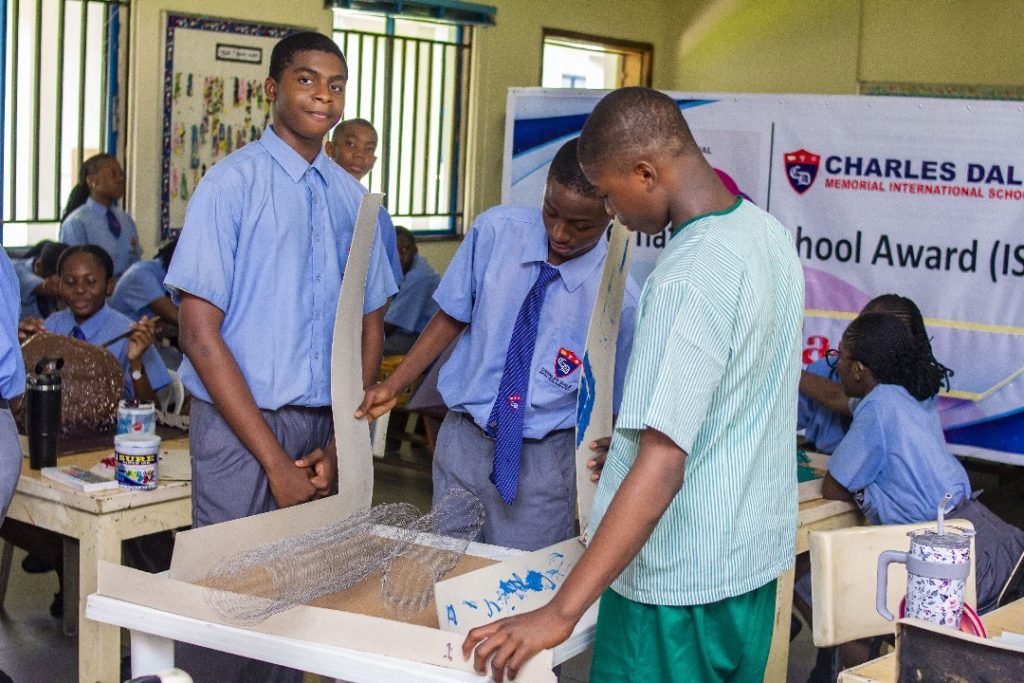
Phase 3: Model and Map Creation
Each team constructed detailed 3D models using materials such as foam, strawboard, acrylic tubes, spray paints, POP cement, and wire mesh. Key features like elevation, vegetation, rivers, and wildlife were represented with realism and creativity.
The debate team created a large world map indicating all countries involved, using annotations and keys.
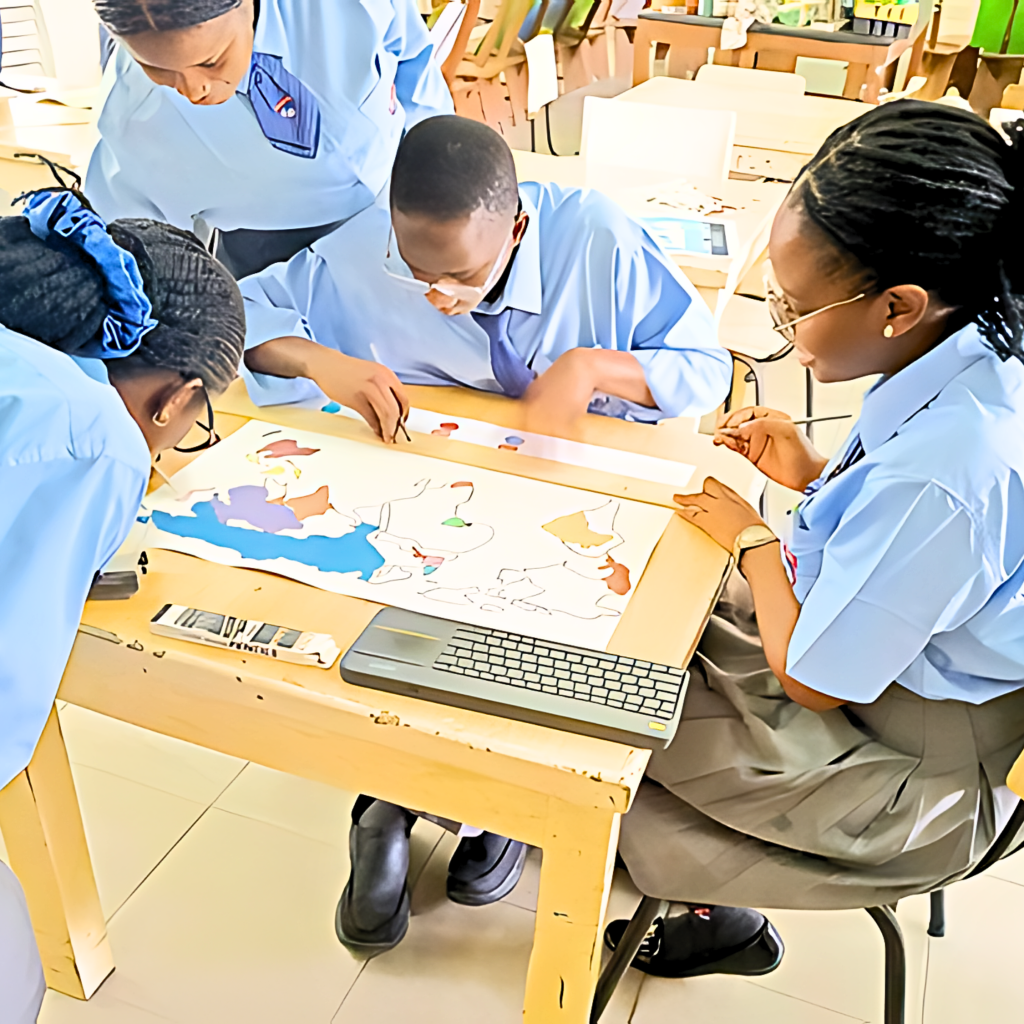
Phase 4: International Presentation & Debate
A virtual debate was hosted with learners of Bhavan’s B.P. Vidya Mandir on the topic:
“Does globalization threaten the survival of traditional art and craft, or does it offer opportunities for growth?”
Students exchanged knowledge, debated thoughtfully, and reflected on their cultures’ resilience in a globalized world.
Back home, CDMIS students showcased their 3D models to the school community and were assessed by an internal review panel.
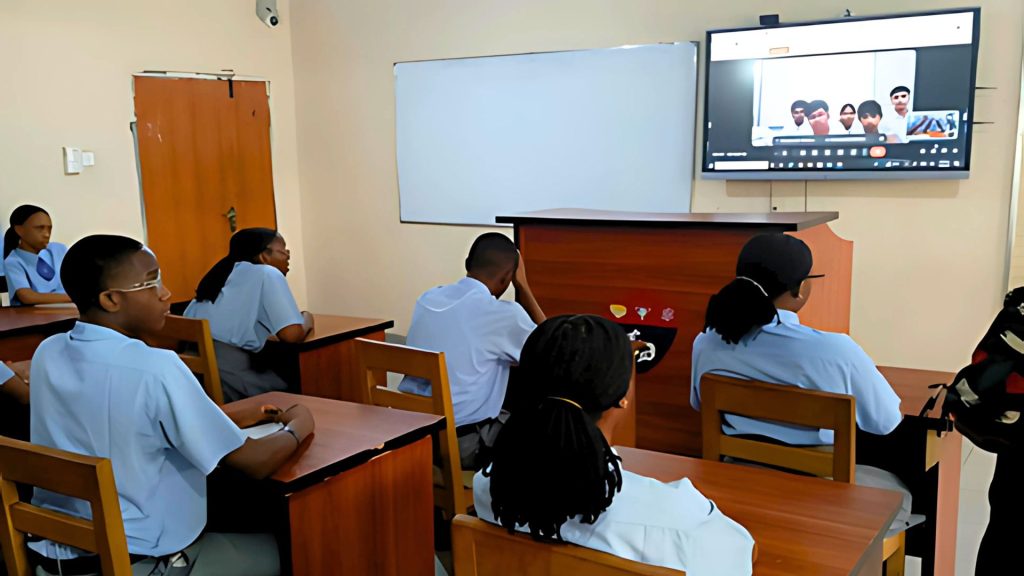
Partner School Activity: Bhavan’s B. P. Vidya Mandir, Koradi, India
Students in classes IX and X designed a Mini Earth model that illustrated India’s varied landscapes – from the Himalayas to the Thar Desert, Western Ghats, and Deccan Plateau. The activity combined geography and creativity to help students understand the internal and external structure of the Earth.
They used spheres, paint, foam, and textured materials to mark:
- The Himalayas (raised and painted white)
- Thar Desert (yellow and textured)
- Ganga River, Bay of Bengal, Arabian Sea
- Internal Earth layers (core, mantle, crust)
This hands-on project boosted student engagement, teamwork, and scientific communication.
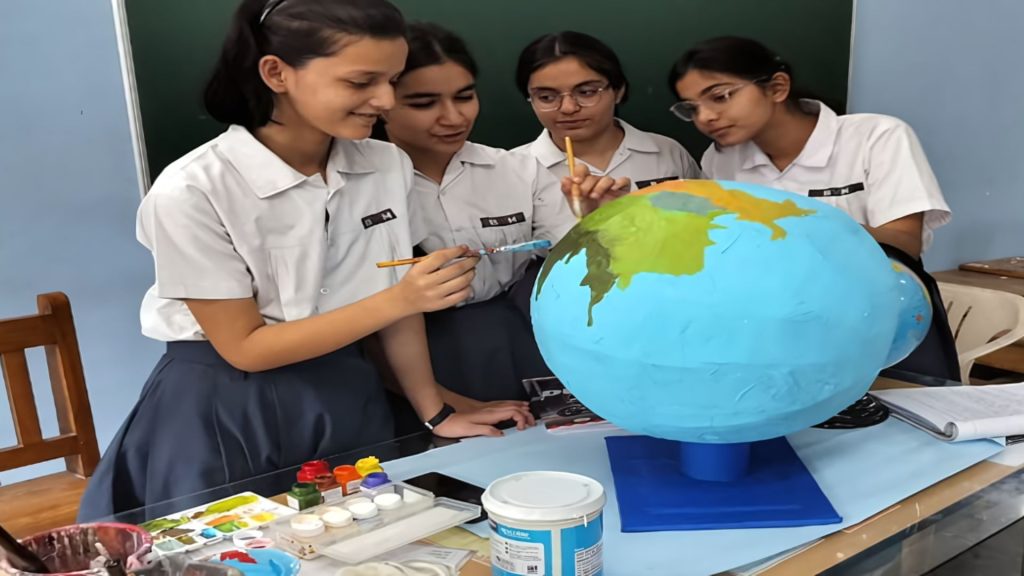
Learning Outcomes
- Improved conceptual understanding of landforms and their climatic impact.
- Strengthened appreciation of global cultural diversity.
- Enhanced research, public speaking, modeling, and digital communication skills.
- Real-life application of SDGs in student-led projects.
- Lasting friendships and intercultural respect.
Conclusion
The Mini Earth project at Charles Dale Memorial International School exemplifies world-class education through interdisciplinary learning and international collaboration. It empowered our students to think globally, act locally, and embrace the world as one connected community.

